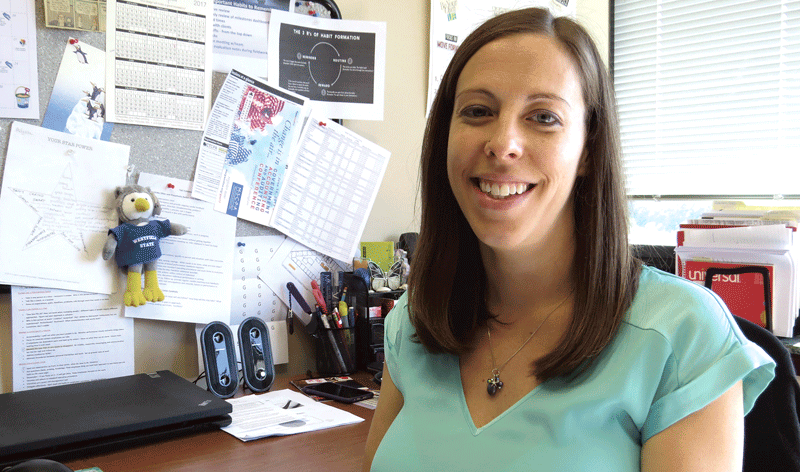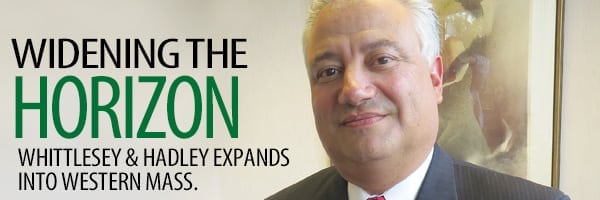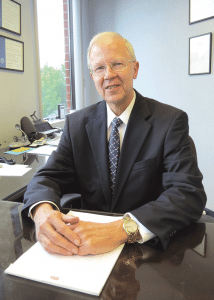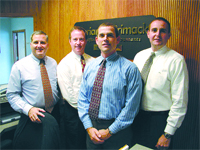Five Hot Tax Topics
 The Tax Cuts and Jobs Act represents a seismic shift within the broad realm of accounting and tax planning, and some of the aftershocks may not be felt, and fully understood, for some time. But some things are known, and individuals and businesses should understand their implications.
The Tax Cuts and Jobs Act represents a seismic shift within the broad realm of accounting and tax planning, and some of the aftershocks may not be felt, and fully understood, for some time. But some things are known, and individuals and businesses should understand their implications.
By Teresa Judycki
For better or worse, the Tax Cuts and Jobs Act was the most significant tax-law overhaul since the Reagan Administration, and there’s potential for more change on the way. With the breadth and depth of this law, it can be hard to determine what might be meaningful to you and your business.
This article will highlight five hot tax topics that may be particularly meaningful for this tax year.
Qualified Opportunity Funds
Taxpayers with large gains from sales of property to an unrelated person should be aware of Qualified Opportunity Funds. Enacted as part of the Tax Cuts and Jobs Act, a new Opportunity Zone program encourages investment in low-income community businesses.
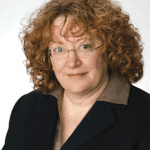
Terri Judycki, CPA, MST
The program allows individual and corporate taxpayers to defer tax on gains from the sale of stock or other assets by investing in an Opportunity Fund, which invests in businesses in Opportunity Zones. The tax is deferred until the earlier of Dec. 31, 2026 or the date the new investment is sold. To defer a gain, the taxpayer must invest within 180 days of the sale.
For example, if a taxpayer sells appreciated securities for $1 million at a $700,000 gain, tax on the $700,000 could be deferred until Dec. 31, 2026 (or earlier if the investment is sold prior to that date) by investing $700,000 in a Qualified Opportunity Fund within 180 days of sale. Capital gains on the new investment are exempt from tax if the investment is held for more than 10 years. Opportunity Funds may be a multi-investor fund or a single-investor fund established by a taxpayer to invest in projects he or she selects.
While there are a few multi-investor funds, many are hesitant to promise tax deferral until the IRS issues proposed regulations in this area, but September news is that the proposed rules are being reviewed and should be issued soon.
Foreign Accounts
For taxpayers with unreported income from foreign accounts, the Streamlined Filing Procedures (SFP) are still available. The Offshore Voluntary Disclosure Program ended Sept. 28, 2018.
Under SFP, taxpayers who can certify that the failure was non-willful can file amended returns and pay a reduced penalty. The IRS also has procedures in place for filing delinquent information returns reporting the existence of a foreign account when there has been no unreported income.
For example, a life-insurance policy with Sun Life may have a cash value that’s now increased to more than $10,000. That is a ‘foreign account’ that must be reported or could be subject to penalties. Consider reviewing any asset that is a foreign account and ensuring that tax filings are current, because penalties are confiscatory and may include criminal penalties.
The civil penalties for willful violations are capped at the greater of $124,588 or 50% of the amount in the account.
Employee Parking
I hoped to be able to provide you with specifics related to employee parking, but that guidance has not been issued as of the date of this writing. Perhaps there will be guidance by the time you are reading this article.
As a reminder, the Tax Cuts and Jobs Act provides that no deduction is allowed for the expense of a qualified transportation fringe, which includes van pools, transit passes, and qualified parking. Qualified parking is parking provided to an employee on or near the business premises of the employer or on or near a location from which the employee commutes to work by commuter highway vehicle or carpool. Tax-exempt organizations are subject to tax on the expense. But what is the ‘expense’ of qualified parking? At the 2018 AICPA Not-for-Profit Industry Conference, a speaker said that guidance had not yet been issued, because those in Treasury could not agree on the meaning of the law.
The cost of a parking permit is easy to quantify, but the law encompasses all expenses of providing parking. There are some practitioners who think a portion of depreciation on a parking lot owned by the business could be disallowed. Some others think the IRS may require apportioning office rent if the lease entitles the tenant to a certain number of parking spaces. As the law applies to amounts paid or incurred after Dec. 31, 2017, it affects computation of taxable income for entities with fiscal years ending in 2018. There are many practitioners hoping for retroactive repeal or postponement.
State and Local Tax Itemized Deduction
In August, the IRS issued proposed regulations in response to state legislation intended to circumvent the $10,000 limit on the state and local tax itemized deduction. A few states have enacted or considered enacting programs permitting state residents to make contributions to state agencies or charities in exchange for state and local tax credits that could be applied to income or property taxes.
In the proposed regulations, IRS restates the general rule that charitable deductions must be reduced by anything of value received in return for the charitable donation. The proposed rules, applicable to contributions made after Aug. 27, 2018, provide that, if a taxpayer receives a tax credit in return for a donation, the tax credit is a benefit to the taxpayer that must reduce the charitable contribution deduction.
It is important to note that these rules apply to programs created in response to the Tax Cuts and Jobs Act as well as to pre-existing programs, such as the Massachusetts program that provides tax credits in exchange for gifts of conservation land.
There has been no response from the IRS to the Connecticut strategy; Connecticut now imposes tax on a pass-through entity instead of on the individual partner or shareholder, which should result in shifting the deduction away from the individual who is subject to the $10,000 limit. The shareholder or partner should now be able to report his or her share of the entity’s income net of the state tax.
Trusts that pay taxes are also subject to the $10,000 limit, but a trust does not have to share the beneficiary’s $10,000 limit, providing a potential benefit.
Alimony
Finally, for those who will be divorced soon, the tax consequences of alimony differ for payments under instruments finalized after Dec. 31, 2018.
Before the Tax Cuts and Jobs Act, alimony was deductible by the payor and taxable to the payee. This resulted in shifting income from the higher-earning spouse paying the alimony to the former spouse who may be in a lower tax bracket. Alimony payments finalized after Dec. 31, 2018 will no longer be deductible by the paying spouse and no longer included in the income of the recipient spouse. There are some workarounds such as division of property where the spouse in the lower tax bracket receives property with the greatest unrealized gain or by using a Qualified Domestic Relations Order to shift retirement assets (along with the tax burden) to the lower-income spouse.
While this change will not affect pre-2019 alimony instruments, it may apply if the parties modify the pre-2019 agreement and state in the modification that the new rules are to apply. If this law change will impact you, be sure to discuss its effects with your attorney.
If you have any questions about the material featured in this article or how it might apply to you specifically, be sure to consult your tax professional or CPA.
Terri Judycki is a senior tax manager with Holyoke-based public accounting firm Meyers Brothers Kalicka, P.C.; (413) 322-3510; [email protected]





 In 2018, nonprofit organizations face implementation of the first major overhaul of accounting standards in two decades. The goal of the overhaul is to improve the communication of financial results for donors and other outside stakeholders and to emphasize transparency in financial reporting.
In 2018, nonprofit organizations face implementation of the first major overhaul of accounting standards in two decades. The goal of the overhaul is to improve the communication of financial results for donors and other outside stakeholders and to emphasize transparency in financial reporting.

 Since its introduction more than 30 years ago, the data-driven process-improvement methodology known as Six Sigma has been most closely associated with the manufacturing sector. But, as recent initiatives undertaken by the accounting firm
Since its introduction more than 30 years ago, the data-driven process-improvement methodology known as Six Sigma has been most closely associated with the manufacturing sector. But, as recent initiatives undertaken by the accounting firm 